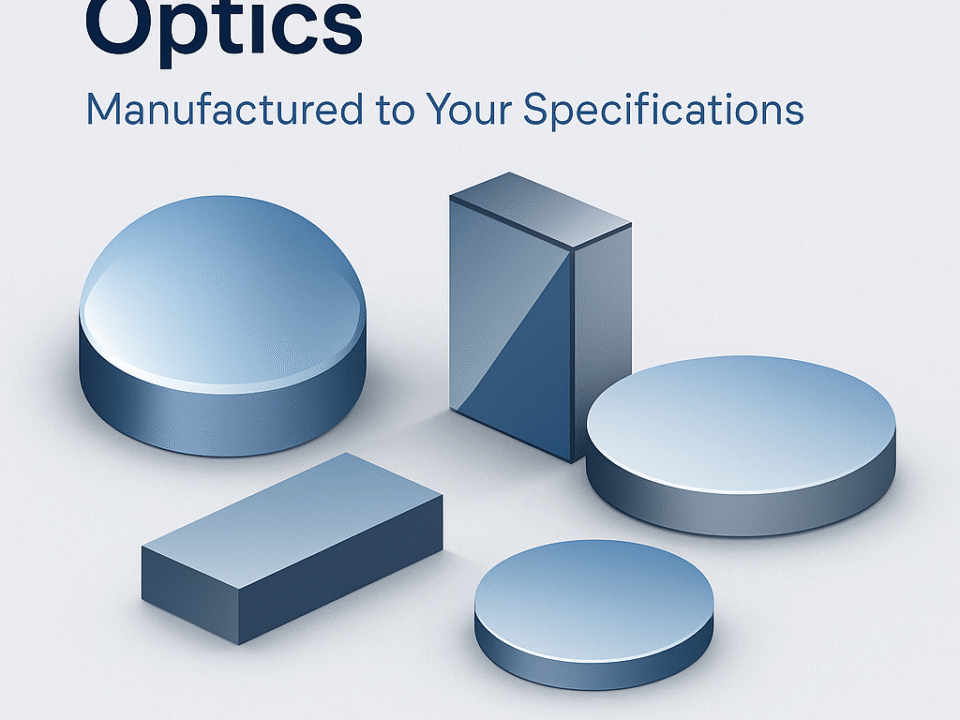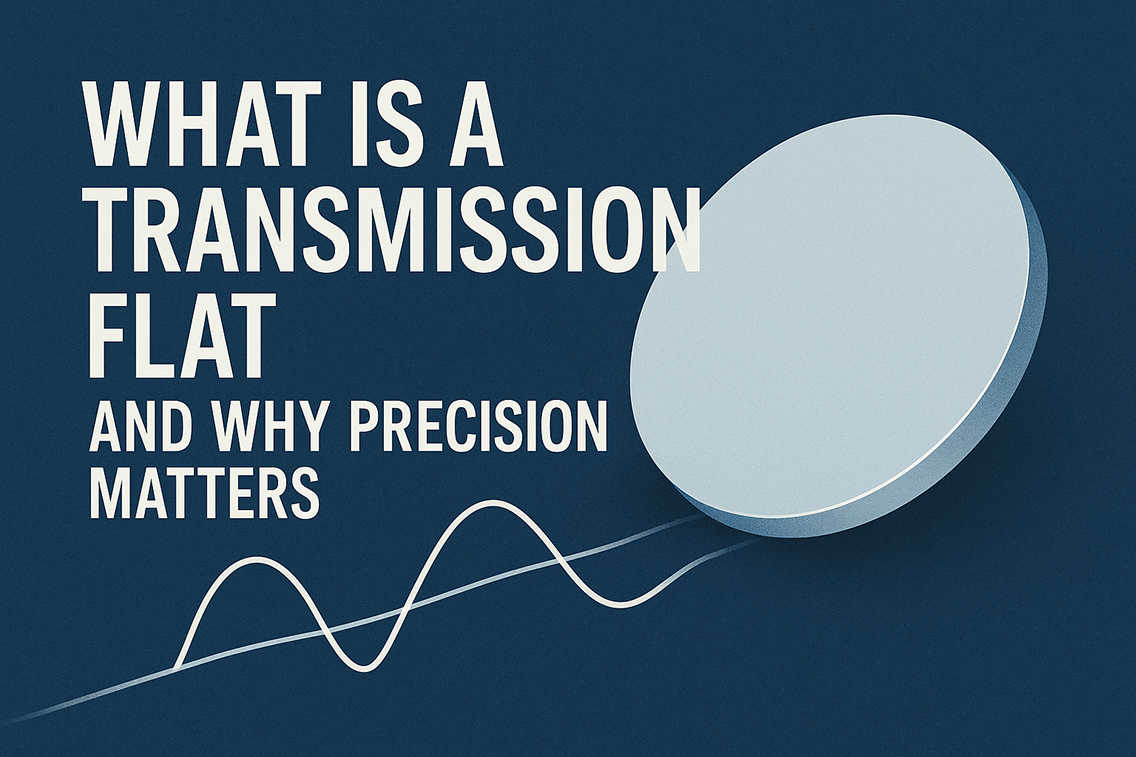
Enhancing Imaging Systems with Optics
Thursday, 22 February, 2024
Tower Optical Re-certified ISO 9001-2015
Monday, 4 March, 2024Quarter Wave Plates: What Are They and What Do They Do?
- Introduction
- The mystical realm of optics and light manipulation.
- Understanding Light Polarization
- The phenomenon of light polarization.
- The Basics of Wave Plates
- Definition and operational principles.
- Delving into Quarter Wave Plates
- Specifics of quarter wave plates and their functionality.
- Applications of Quarter Wave Plates
- Real-world uses in technology and research.
- Innovations and Advancements
- How quarter wave plates are evolving.
- Choosing the Right Quarter Wave Plate
- Considerations for application-specific use.
- Conclusion
- The indispensable role of quarter wave plates in modern optics.
Quarter Wave Plates: What Are They and What Do They Do?
Introduction
In the mystical realm of optics, where light is more than just illumination, lies the transformative technology of wave plates. Among these, quarter wave plates represent a fascinating intersection of physics and functionality, bending the very essence of light to human will.
Understanding Light Polarization
At the heart of wave plate technology is the phenomenon of light polarization, a condition wherein light waves oscillate in particular orientations. Natural light is unpolarized, with vibrations occurring in multiple planes. Polarization coerces these vibrations into a singular plane, paving the way for various optical manipulations.
The Basics of Wave Plates
Wave plates, or retarders, are devices designed to alter the polarization state of light passing through them. They achieve this by slowing down one component of the light wave relative to another, effectively changing the light’s phase and polarization.
Delving into Quarter Wave Plates
Quarter wave plates are a specific type of wave plate that convert linearly polarized light into circularly polarized light and vice versa. They are called “quarter” wave plates because they introduce a phase shift of one-quarter of a wavelength between the orthogonal components of the light wave, a critical shift that enables the transformation of the light’s polarization state.
Applications of Quarter Wave Plates
The utility of quarter wave plates extends across a broad spectrum of applications. In optical communications, they are instrumental in reducing signal interference. In microscopy and medical imaging, they enhance contrast and detail. They are also pivotal in the realms of laser technology and optical computing, where precise control over light polarization is paramount.
Innovations and Advancements
The field of quarter wave plates is ripe with innovation, witnessing continual advancements in materials and design. Emerging technologies, such as tunable and adaptive wave plates, offer unprecedented control over light, enabling dynamic optical systems that can respond to changing conditions and requirements.
Choosing the Right Quarter Wave Plate
Selecting an appropriate quarter wave plate is contingent upon several factors, including the wavelength of light in use, the material’s birefringence, and the specific application’s requirements. The quest for the optimal wave plate necessitates a harmonious balance between theoretical knowledge and practical considerations.
Conclusion
Quarter wave plates stand as a testament to humanity’s ingenuity, manipulating the fundamental properties of light to unlock new realms of possibility. In the ever-expanding universe of optical technology, they continue to play an indispensable role, shaping not only what we see but how we see, in a world where light is both the canvas and the brush.





